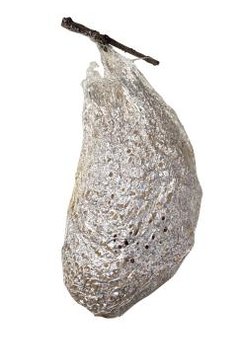This is our final week of buildings and we will end it with a story about woodland friends who may loose their homes. Materials from this book will be in the sensory table, along with bull dozers and sand.
We will also read a book called The Shape of Things and the students will be able to participate by adding shapes as the book is read to them.
Our letters for the week are G and H along with sorting for Math. The students have really enjoyed this unit and playing in the sand and dramatic play area. The dramatic play area will have a large refrigerator box for the students to decorate like a building.
PM Class only:
The PM class will listen to Miss Debi Abela on Monday as she introduces the topic of living and non- living things. On Thursday we will be traveling to The Botanical Gardens to hear more about living and non living things. Our library area will be filled with living and non living things for all the students to explore before we go on our field trip.
We will take a break from our curriculum for a few weeks as the Olympics will arrive at the EEC. Each class in the building will be a country and help participate in this very exciting world event.
